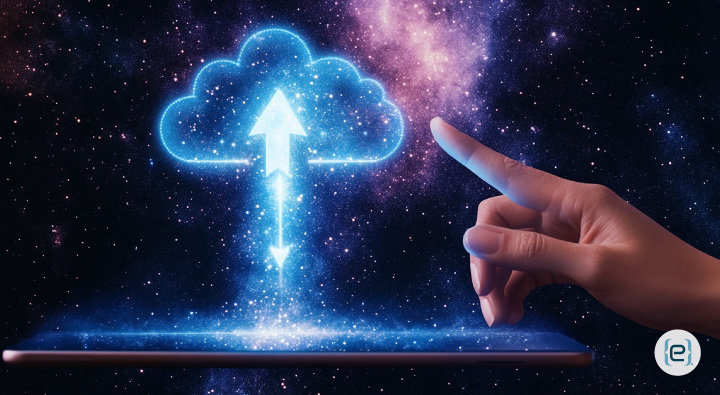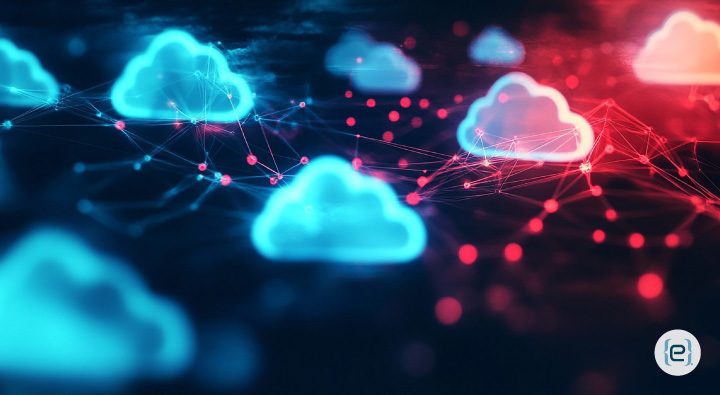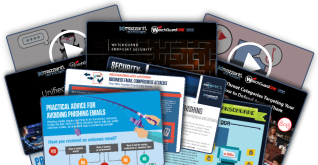Look, I’ll be honest—before working in tech, I had no clue what a CDN was. My first real encounter with Content Delivery Networks came after a massive website crash during Black Friday 2019. Our client’s site went down hard, costing them thousands in sales. My boss walked in, dropped a coffee on my desk, and said, “Time to learn about CDNs, kid.” If only I’d known then what a rabbit hole I was about to fall into.
The Great CDN Awakening
Remember when Netflix used to mail DVDs? Wild times. Now, you’re streaming 4K shows while your roommate games online and your neighbor binge-watches cat videos. All without breaking the internet. Last week, during a particularly intense troubleshooting session at 2 AM (fueled by energy drinks and leftover pizza), it hit me—we totally take this stuff for granted.
After five years of explaining CDNs to clients, I finally found the perfect way to describe them: Imagine trying to get a burger from the only McDonald’s in the world, located in Chicago. If you’re in Tokyo, that’s one cold, sad burger by the time it reaches you. CDNs are like having McDonald’s everywhere—your content comes from around the corner, not across the planet. Not the fanciest analogy, but it works.
The Day Everything Broke
Three months into my job, we had this client—a huge e-commerce site with tons of traffic. They decided to cheap out and skip the CDN. “We’ll be fine,” they said. Narrator: They were not fine. Their Black Friday sale turned into a Black Friday fail. The site crawled like a turtle through molasses. Customer complaints flooded in. Remember that scene from Apollo 13 where everything goes wrong at once? Yeah, it was like that, but with more angry emails about shopping carts.
It was a tough lesson in the importance of website performance and the real-world consequences of neglecting the basics.
Behind the Digital Magic
After that disaster, I dove deep into how these things actually work. Turns out, CDNs are basically like having a bunch of super-smart copy machines scattered around the world. They make copies of your website’s stuff—images, videos, files—and stash them in servers everywhere. When someone tries to load your site, they grab the stuff from the nearest copy machine, not the original. Last month, I tracked one of our test requests—it hit a server three blocks from our office. The actual website? Hosted in Germany. Mind-blown.
Implementing a CDN isn’t just about speed. It’s about delivering a seamless experience to your users, no matter where they are. And as your business grows, so do your needs. That’s why managed services are critical for scaling your digital infrastructure.

The Security Stuff No One Talks About
Here’s something that keeps me up at night (besides coffee)—remembering what happened to my previous company when they got hit with a massive DDoS attack. No CDN, no protection. It was like watching a car crash in slow motion. Now? Our clients’ sites shrug off attacks that would’ve flattened them before. The CDN takes the hit like a champ, kind of like that bouncer who used to work at my local bar—huge guy, super chill until someone started trouble.
Security is more than a buzzword. CDNs act as a first line of defense, absorbing traffic spikes and blocking malicious actors. If you’re serious about protecting your business, you need robust network security strategies in place.
Real Talk About Performance
Let me share something that drives me nuts—watching companies throw money at faster servers when their real problem is content delivery. It’s like buying a Ferrari but only driving it on dirt roads. Last week, I showed a client their performance metrics before and after implementing a CDN. The load time dropped from “go make a coffee” to “blink and you’ll miss it.” Their face lit up like a kid on Christmas morning.
- Faster load times: CDNs reduce latency for users worldwide.
- Improved reliability: Distributed servers mean fewer single points of failure.
- Scalability: Handle unexpected traffic spikes without breaking a sweat.
The Mobile Madness
You know what really messed with my head? Learning how mobile traffic changed everything. I was troubleshooting a client’s site from my phone in a coffee shop (because of course the office internet was down that day). The difference between CDN and non-CDN performance on mobile was insane. It’s like the difference between trying to drink from a garden hose versus a straw.
With mobile users now making up the majority of web traffic, optimizing for speed and reliability is non-negotiable. That’s why forward-thinking businesses are investing in 24/7 IT support to keep everything running smoothly, day and night.
Partnering Up for Success
After years of watching companies struggle with this stuff, I’ve learned one thing—trying to handle CDNs alone is like trying to move a couch by yourself. Sure, it’s possible, but why make life harder? Having a solid IT partner who knows their stuff makes all the difference. Trust me, I’ve seen enough DIY disasters to last a lifetime.
- Expert guidance: Avoid costly mistakes and downtime.
- Ongoing support: Get help when you need it, not just when things break.
- Proactive management: Stay ahead of threats and performance issues.
Why This Matters
Sometimes, when I’m explaining CDNs to clients for the hundredth time, I think about that first website crash I dealt with. Every time I help a company set up their CDN properly, it’s like preventing another one of those disasters. It’s not just about faster websites—it’s about keeping businesses running, keeping customers happy, and letting people binge-watch their shows without everything falling apart.
At the end of the day, this stuff is complex. Having the right team in your corner—people who’ve been in the trenches and know how to make this technology work for your business—that’s what makes the difference between just getting by and really crushing it online. Ready to boost your website’s performance and security? Contact eMazzanti today to see how we can help you build a faster, safer, and more resilient digital presence.






